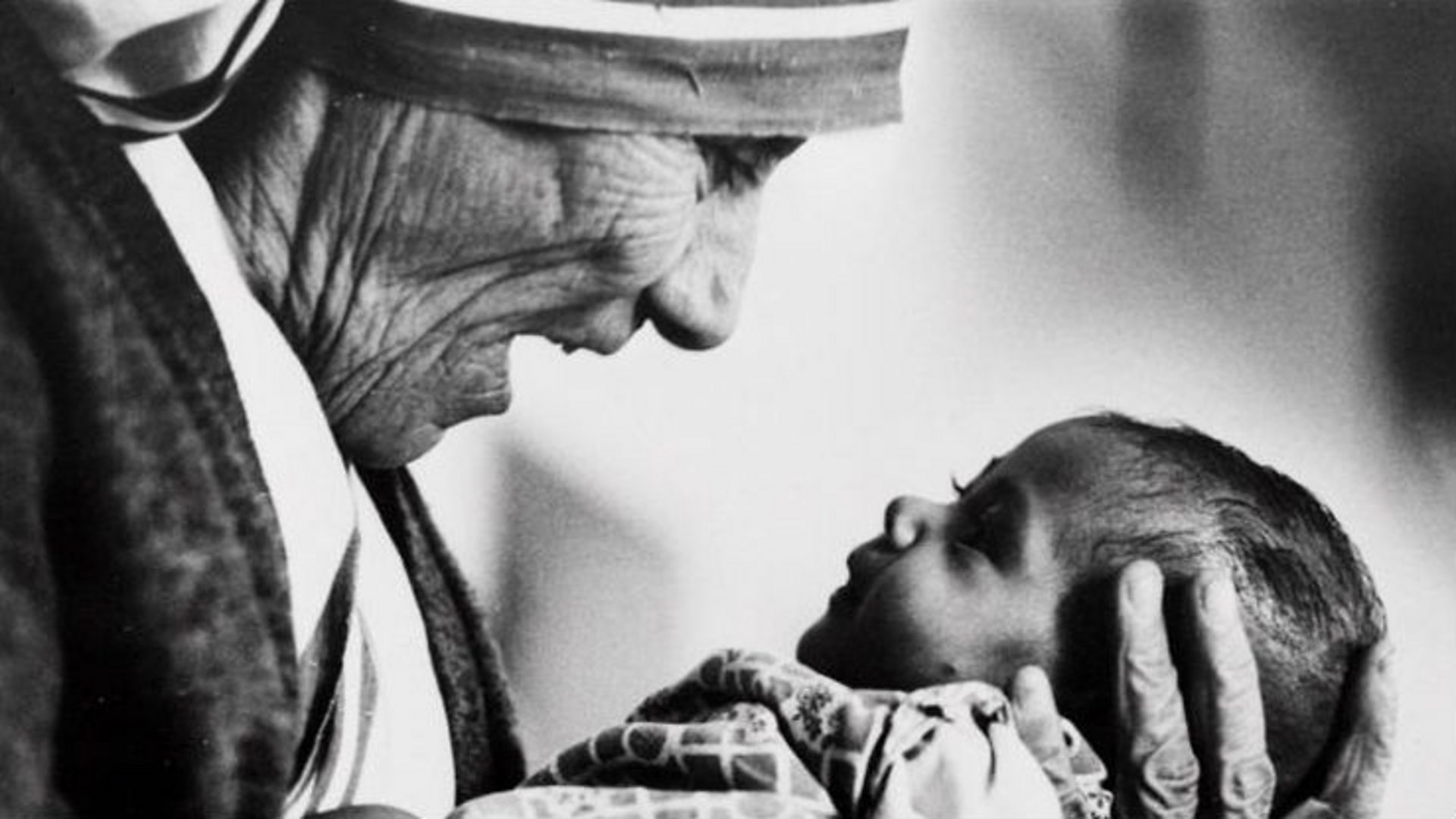An abortion doula and a historian of transgenderism ardently advocated abortion rights Monday on a zoom panel here at the University of Notre Dame titled “Reproductive Justice: Scholarship for Solidarity and Social Change.” The freedom to have abortions intersects with women’s autonomy, racial justice, and transgenderism, they argued. Intersectionality – different forms of oppression occur together and reinforce one another – is a popular concept now in academia.
While the event’s sponsors, the Gender Studies Program and the Reilly Center for Science, Technology, and Values, possess the academic freedom to stage this event, its message contradicts the mission of the University, as passages from Notre Dame’s mission statement illustrate.
As a Catholic university, one of its distinctive goals is to provide a forum where, through free inquiry and open discussion, the various lines of Catholic thought may intersect with all the forms of knowledge found in the arts, sciences, professions, and every other area of human scholarship and creativity.
What the University asks of all its scholars and students, however, is not a particular creedal affiliation, but a respect for the objectives of Notre Dame and a willingness to enter into the conversation that gives it life and character.
. . . the University seeks to cultivate in its students not only an appreciation for the great achievements of human beings, but also a disciplined sensibility to the poverty, injustice, and oppression that burden the lives of so many. The aim is to create a sense of human solidarity and concern for the common good that will bear fruit as learning becomes service to justice.
(Boldface added)
The panel presented neither a “line of Catholic thought” nor “respect for the objectives of Notre Dame,” which includes its pro-life commitment, and was not in “service to justice.”
Members of the Notre Dame community also have the freedom – and indeed something close to an obligation – to respond to the panel, which, far from being “in service to justice,” promoted the legal rights that enable the largest injustice of our time.
I attended the panel and raised a question in the Q and A period that the panelists did not choose to answer. So, I paste it here:
Given your commitment to expand the ambit of justice, ought you not to include in this ambit the human rights of unborn persons?
If the panelists wish to include marginalized people in the sphere of justice, then why do they omit unborn persons, over 2000 of whom lose their lives in the United States every day on average? These persons received hardly a mention in the entire presentation, while the right to end a pregnancy — end these persons — was affirmed again and again. The panelists’ intersectionalism does not intersect enough.
The Catholic Church’s intersectionality includes unborn persons and links the protection of their lives to the welfare of woman and racial minorities. None other than the Reverend Jesse Jackson spoke to this link in 1977, saying, “[a]bortion is black genocide” in the context of a pro-life view that he held until he sought the nomination of the Democratic Party for President. (See also this remarkable speech of his in 1977.)
From the earliest days of U.S Catholic opposition to abortion rights in the late 1960s, it has tied together its support for the rights of unborn persons, material and spiritual support for expectant mothers in both giving birth and raising their children, the responsibility of birth fathers and families, forgiveness and healing for women who have had abortions, and the building of a culture of life.
Further, the dignity of unborn person is tied to the dignity of all vulnerable persons, including the poor, immigrants, and racial minorities. The Church agrees with Vice President Hubert Humphrey that “the moral test of government is how that government treats those who are in the dawn of life, the children; those who are in the twilight of life, the elderly; and those who are in the shadows of life, the sick, the needy and the handicapped.” Cardinal Joseph Bernardin called this linkage the seamless garment, Pope St. John Paul II, the culture of life.
What could be more intersectional than that?
